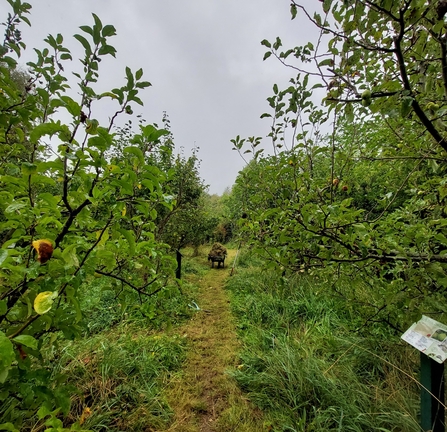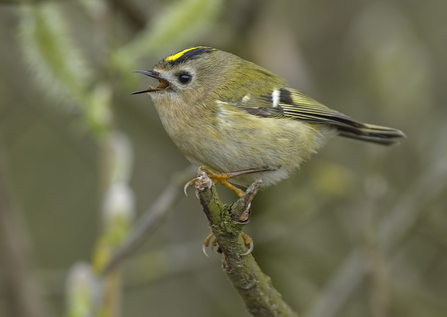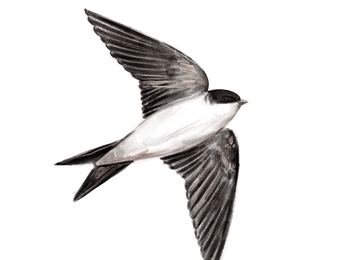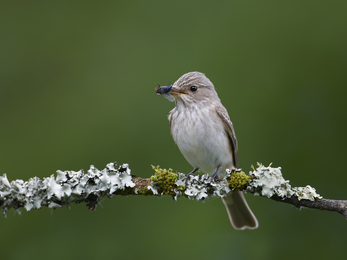Walking the grassy drive, orchard to my left and a medley of sedges and shingle to my right, I was itching to have a look around. I didn’t realise how much I’d love this place, until the giant metal Dung Beetle sculpture reared out of the undergrowth.
Autumn:
The nights get colder and morning dew descends on the cob webs making them more present. The odd neon hawkbit and wild carrot still waver in the matted grass.
Meteorological changes are stirring. Clouds hang heavy overhead as I rake, the dead grass crackling and popping to the soundtrack of blackbirds bubbling, and tinkling keychains of goldfinches. The billowing hedgerows crisscrossing the school provide a buffet of hawthorn, rosehip and sloe for them at this time of year.
Wicor’s grounds host over half of all the native tree species in the UK. And as I rake amongst the candelabra of apples, pears, and plums, the orchard is surveyed by craning birches, and the inky silhouettes of Scots pine, popular at this time of year with goldcrests, the UK’s joint smallest bird.








